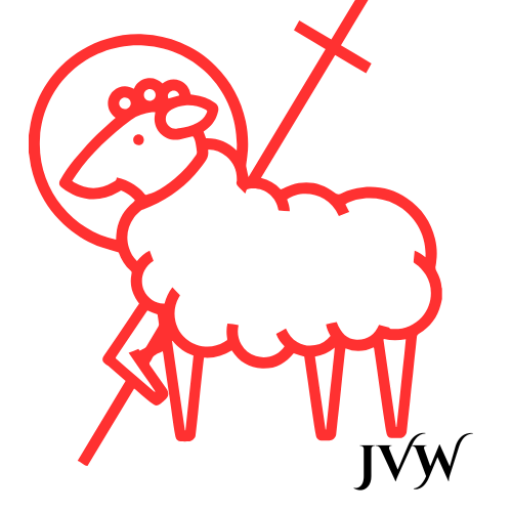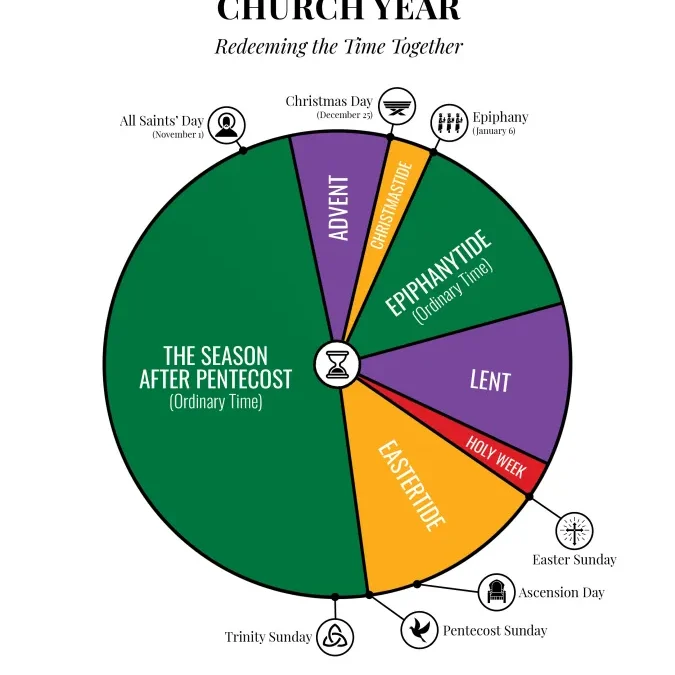Growing up I never really knew there was such thing as the liturgical calendar. Being from a low-liturgy, low-tradition background, I could recognize different churches having colorful “flair” in their sanctuaries, but had no idea they changed, or even what they stood for. Over the last several years I have been on a journey, that has been for me full of joy and wonder at the riches of the variety of traditions that the Church offers. One of these that I have begun to look at is the church calendar.
We are all use to the normal flow of holidays. Whenever Halloween is over, the stores change over their stock in preparation for Thanksgiving and Christmas, and then after the New Year, promptly switch to Valentine’s Day. So on and so forth we see the changing signs of the seasons and upcoming holidays. In a similar, but much more profound way, the Church follows a calendar with changing colors, liturgies and practices that take the believer not just through 365 days, but has them participate in the story of the Gospel.
From Advent where we expectantly wait for the birth of Christ, to Lent where we solemnly prepare for Holy Week, and Good Friday, while also knowing the joy and victory of Easter is on the precipice.
Something that I feel much of contemporary evangelicalism is missing out on is the annual participation in the Gospel story. Being constantly reminded of Christ’s work through the story of Scripture is a powerful way that we are also reminded of the work He is doing in our lives, and thus by living as apart of that story we can be shown how to live in light of that in our secular age.
As I, and many others have said before, humans are creatures of story. You can spit off a bunch of facts that are true and correct, but if they don’t connect with someone, you might as well be talking to a brick wall. But engage someone in a story, where they become invested in what takes place, and they understand the stakes, the resolution…that can change everything. This is where the liturgical calendar can come in. More than just a thing that tells us what color decorations to hang in a sanctuary, it is participation in the story of the Gospel. As we go through the ebbs and flows of the year, every part of our being is touched. We feel the highs of Christmas, Easter and Pentecost, and are also brought low during Lent & Good Friday. The entirety of human emotion is encapsulated through the Gospel story, and it speaks to the truth of how God worked, and is now working.
For more in-depth information on the Liturgical Calendar, and how to use it, check out Holy Joys, and their fantastic resources.

